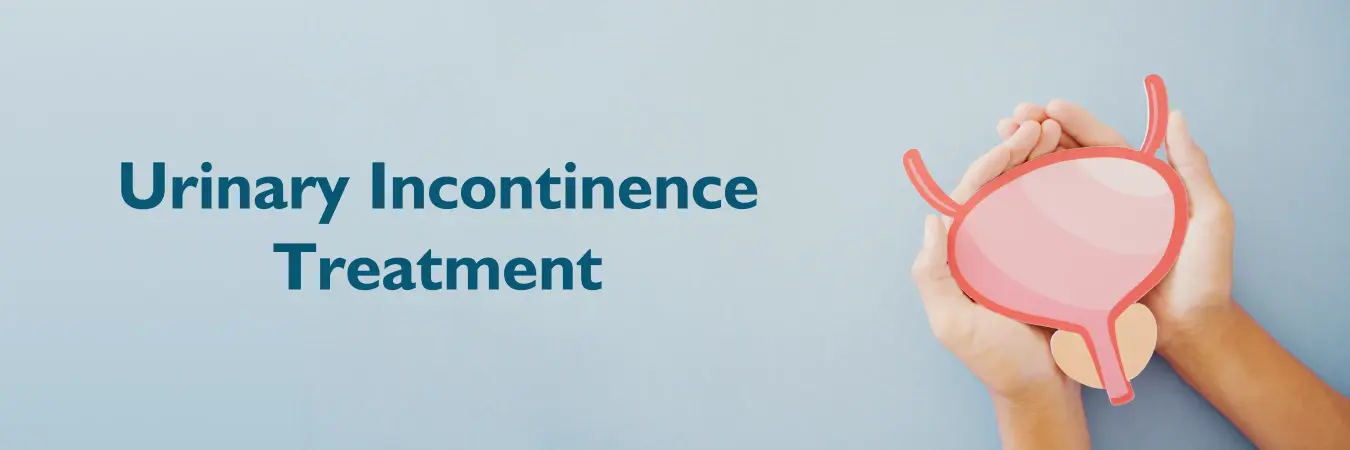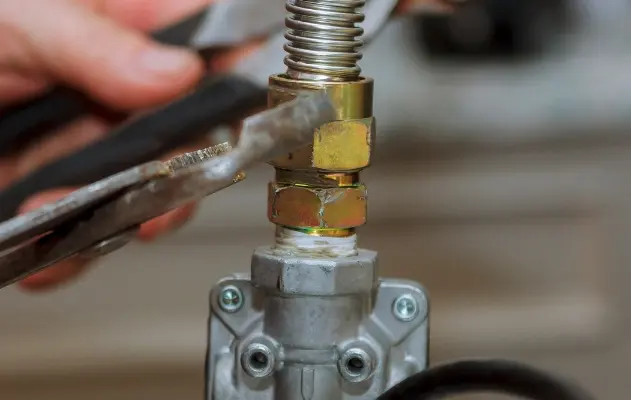
💊 Medical Treatments for Urinary Incontinence
There are several medical treatments available to help manage and treat urinary incontinence. These treatments can vary depending on the type of incontinence you are experiencing, such as stress incontinence, urge incontinence, or overflow incontinence. Here are the most common medical treatments:
| Treatment | Description |
|---|---|
| Medications | Medications like anticholinergics and beta-3 agonists can help control overactive bladder muscles and reduce urgency and frequency of urination. |
| Topical Estrogen | For women, low-dose topical estrogen can be applied to the vaginal area to help strengthen the muscles around the urethra and reduce incontinence symptoms. |
| Alpha-Blockers | For men with incontinence caused by an enlarged prostate, alpha-blockers can relax the bladder neck and prostate muscles, improving urine flow. |
| Botox Injections | Botox injections can be used to relax the bladder muscles and treat overactive bladder by reducing urgency and frequency. |
| Desmopressin | A synthetic hormone that helps reduce urine production at night, useful for people with nocturnal enuresis (nighttime incontinence). |
🏥 Therapies for Urinary Incontinence
In addition to medications, there are various therapies that can help treat urinary incontinence. These therapies aim to strengthen pelvic floor muscles, retrain the bladder, and improve overall bladder control. Below are the most popular therapies:
| Therapy | Description |
|---|---|
| Pelvic Floor Exercises (Kegel Exercises) | Kegel exercises are designed to strengthen the pelvic floor muscles, which support the bladder and control urinary flow. |
| Bladder Training | This therapy involves setting regular bathroom times to retrain the bladder to hold urine longer and reduce urgency. |
| Electrical Stimulation | Electrical stimulation uses mild electrical pulses to strengthen pelvic floor muscles and improve bladder control. |
| Biofeedback | Biofeedback helps individuals learn how to control pelvic floor muscles by using sensors to track muscle activity. |
| Vaginal Pessaries | A vaginal pessary is a device inserted into the vagina to support the bladder and prevent urine leakage, often used for women with pelvic organ prolapse. |
🏁 Surgical Treatments for Urinary Incontinence
In cases where other treatments are ineffective, surgical options may be considered. Surgery can provide a long-term solution for certain types of incontinence. Here are some common surgical procedures:
| Surgical Procedure | Description |
|---|---|
| Slings | A sling procedure involves placing a mesh or tissue sling around the neck of the bladder to support it and prevent leakage. |
| Artificial Urinary Sphincter | This device is implanted around the urethra to provide control over urination by allowing the patient to open and close the urethra manually. |
| Bladder Neck Suspension | A surgery to lift and support the bladder neck, helping prevent urine leakage. |
| Sacral Nerve Stimulation | A small device is implanted near the sacral nerve to help control the bladder’s function by sending electrical impulses. |
💡 When to Seek Medical Help
It’s important to seek medical advice if urinary incontinence is affecting your daily life. Early diagnosis and treatment can help prevent further complications and improve your quality of life. Some signs that you should see a doctor include:
- Frequent or urgent need to urinate
- Leaking urine during physical activities or while sneezing/coughing
- Waking up multiple times during the night to urinate
- Difficulty controlling urination
🏁 Conclusion
Managing urinary incontinence requires a combination of medical treatments, therapies, and sometimes even surgical procedures. By understanding your options, you can work with your healthcare provider to choose the best treatment plan that meets your needs and lifestyle. Whether it’s medication, physical therapy, or surgery, effective treatments are available to help you regain control over your bladder.



